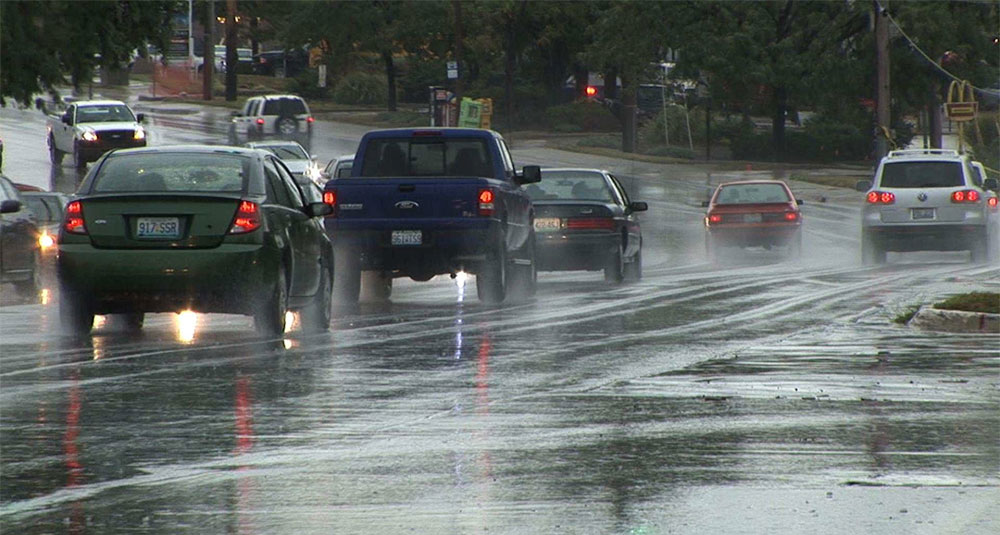Each year, slick roads cause roughly 200,000 accidents, says the Federal Highway Administration. Folks up north are especially in danger from hidden perils like black ice and foggy conditions in winter. But don’t think warm weather drivers get off easy. Knowing how to handle icy roads helps everyone, even where it’s rarely chilly. So, what do you need to know to stay safe out there? Dive in for some top tips on navigating those tricky slippery roads.
- Get regular maintenance on your vehicle. Many car shops have a winter care package that includes checking your brakes, oil, tires, and other important cold weather car issues.
- Inspect your vehicle yourself. Make sure you look at the tires for proper tread, the battery, and your windshield wipers. Your vehicle should also have enough antifreeze. Adjust these things if needed.
- Plan for the drive. It’s important to prepare for a drive in winter weather. You shouldn’t depend on only your GPS; sometimes they can be wrong, so bring a map to be sure you can navigate your way to your destination. Make sure you know about the latest detours and closures before you head out.
- Practice driving on icy roads. Make sure you practice turning, stopping, accelerating, and decelerating.
- Drive slowly. Shaving a little bit of time off your travels isn’t worth the risk of getting into a serious accident. Your vehicle won’t be able to stop as quickly on icy roads, so watch for ice and travel at a reasonable speed, no matter what anyone around you is doing.
- Use your brakes intelligently. Many modern vehicles already come with an anti-lock braking system (ABS). With ABS, you can hold the brakes down, but if you don’t have ABS, you should tap the brake pedal rather than hold it down to avoid sliding out of control.
- Keep a safe distance behind other vehicles. You’ll need more space to stop on icy roads if something ahead of you were to happen; therefore, you want to make sure you are a safe enough distance behind other cars to ensure you don’t get into an accident if the person in front of you slams on the brakes.
- Use your signals earlier than usual. Let drivers know what moves you are making earlier than usual so they can adjust.
There are many ice spots on the road that may catch you by surprise, sending you sliding. If you start to lose control, don’t immediately slam on the brakes. Take your foot off the gas pedal and steer the wheel in the direction you want to point your car. Don’t hit the brakes or gas until you have gotten back into control. In the end, it’s best to avoid icy conditions whenever possible. Check the weather to schedule any errands or driving you have to do.
Even when you follow all the above recommendations, black ice can still get the best of anyone, possibly getting you into an accident. However, this doesn’t have to be wreak havoc on your driving record. If you have gotten any traffic tickets this winter or gotten any points against your license, you can take a defensive driving course to help you out. If you take an approved defensive driving course through an accredited, you have the opportunity to have ticket fines and the points dropped. Another benefit is you’ll learn all about safe driving habits you can implement. Check out the DMV website in your state to see all of the approved traffic school programs near you.

 Live Chat
Live Chat






